Thai Hai Village was awarded the "World's Best Tourist Village" Award in 2022 by the World Tourism Organization (UNWTO).
In the lush green space of the leaves, the Tay people live peacefully in the middle of Thai Hai village (Thai Nguyen province). This place has just been listed by CNN Travel as one of the most beautiful rural areas in the world.
Unique culture
More than 70 km from Hanoi, Thai Hai Ethnic Ecological Stilt House Village Conservation Area (also known as "Thai Hai Village", "Thai Hai Family") is located in My Hao hamlet, Thinh Duc commune, Thai Nguyen city.
Unlike any other village in Vietnam, in this special village, small families do not own any property. People eat from the same pot of rice, spend money together, raise children together and do community tourism. The products each person makes are collected and then used to serve the needs of each person and the village community. All production activities in Thai Hai are self-sufficient.

Thai Hai village (Thai Nguyen province) is located in the middle of a green space.
According to Ms. Nguyen Thi Thanh Hai, Head of Thai Hai village and Director of Thai Hai ethnic ecological stilt house village conservation area, each person only does one job. Those who are good at animal husbandry should take charge of animal husbandry, those who are good at communication should do communication and foreign affairs, those who have experience in making medicine should just make medicine...
Every day, from 5am, after a gong, families wake up. While the men stir the stove, blow the fire, sharpen knives to prepare for a day of work, the women go to the village well to get water, boil water to make tea. After breakfast together, everyone goes to do their own work. Some go to get firewood, grow vegetables, raise chickens and pigs, some fish, some welcome visitors, children go to school. Especially on the first and fifteenth days of the lunar month, or on the New Rice Festival, the first day of the year, the village performs a number of traditional rituals. All activities in the village, from planting trees, raising children, producing bottled drinking water, growing and processing green tea, making wine... are all linked to ecology, to ensure no impact on the environment and to maintain a clean food source for use.
All the money that the villagers earn from production, selling products and welcoming tourists is paid into the village's common fund. The village chief takes care of all expenses and living needs, from private to essential, of each family and individual, such as sick visits, medical treatment, children going to school, even going to university, studying abroad... The village chief will be the one to decide on all important matters of Thai Hai village.
Living in nature
Dotted along the tree-lined roads are stilt houses. Thai Hai village has 30 stilt houses, each with a different function and mission.
"The pharmacy" is a house that preserves traditional herbal medicine and is responsible for preserving, collecting, storing, and providing medicinal remedies to treat villagers and tourists who want to buy traditional herbal medicine from the village.

Thai Hai villagers are busy preparing to welcome guests.
The "wine house" specializes in brewing and preserving traditional wine. The "wicker house" makes household items from bamboo and rattan for the village to use and sell to tourists. Those who are passionate about exploring cuisine can enjoy the house that preserves the culinary culture and traditional cakes of the Tay people... In particular, the house considered the soul of Thai Hai village is the house that preserves the Then singing culture of the Tay people. All 30 traditional stilt houses of the Tay people were moved from the revolutionary land of ATK Dinh Hoa, ranging in age from a few dozen to nearly 100 years.
Tourists coming to Thai Hai are welcomed by the villagers as if they were welcoming relatives home. Visitors arriving at the village entrance will turn into the village well to wash their faces, hands and feet. The village well has a clear stream of water, surrounded by pebbles, where the vitality of heaven and earth converges, providing water for the whole village. The villagers believe that being washed with the water of the village well will help purify the soul, and will help them escape from bad luck and misfortune.
The Tay people are very hospitable. In front of the village gate, there is always a wooden gong and a fence separating it from the outside. When guests arrive, they use a stick or a stick to hit the gong. The sound of the gong echoes throughout the village to let people know that the wine house is preparing wine and the tea house is preparing tea to welcome distinguished guests.
Experience the difference
The uniqueness of Thai Hai village stems from the determination of village chief Nguyen Thi Thanh Hai. Twenty years ago, heartbroken by the situation of many Tay ethnic people abandoning their traditional stilt houses to replace them with brick and cement houses, Ms. Nguyen Thi Thanh Hai mortgaged her house and assets in Song Cong city to return to Thinh Duc to buy land to plant forests, to preserve the traditional stilt houses of the Tay ethnic group.
Mrs. Hai also bought stilt houses and hired workers to transport them to Thinh Duc to rebuild them according to the old model. By the end of 2003, nearly 30 ancient stilt houses with the traditional structure of the Tay ethnic group in general and the Tay ethnic group in ATK Dinh Hoa in particular had been brought to Thinh Duc. Not only keeping the house frame, Mrs. Hai wanted to preserve the soul of the stilt houses, which is the daily life, the cultural tradition, and the working life of the people.
Thai Hai village was initially established not for tourism but to preserve traditional culture. However, the beautiful scenery and delicious food in Thai Hai have attracted many tourists to experience and explore. In 2014, the village was officially recognized as a tourist destination of the province by the Department of Culture, Sports and Tourism of Thai Nguyen province.
Thai Hai has 3 main products to introduce to tourists, which are stilt house architecture, cuisine and traditional culture of the Tay ethnic group. The tangible culture includes 30 ancient stilt houses, household items such as rice mills, rice mortars using water, wooden rice trays, baskets, bamboo and rattan baskets to hold things. In addition, there are traditional costumes, traditional medicine, cuisine such as banh chung, banh gai, che lam, meat hung from the kitchen and traditional fermented wine distilled with leaves...
Intangible culture is highly valued in Thai Hai, especially language. In this village, all members communicate with each other in their own language, practice and pass on Then singing and Tinh lute playing every day, and maintain family traditions. In particular, the beauty of spiritual and religious culture such as Long Tong festival, longevity celebration, worshiping the midwife and ancestor worship rituals are maintained.
Thanh Hai village chief shared that the village hopes to receive investment support from Thai Nguyen province and cooperation from businessmen, sharing from the community, and affection from tourists for Thai Hai.
(According to 24h, February 7, 2024)
Source





![[Photo] Visiting Cu Chi Tunnels - a heroic underground feat](https://vstatic.vietnam.vn/vietnam/resource/IMAGE/2025/4/8/06cb489403514b878768dd7262daba0b)



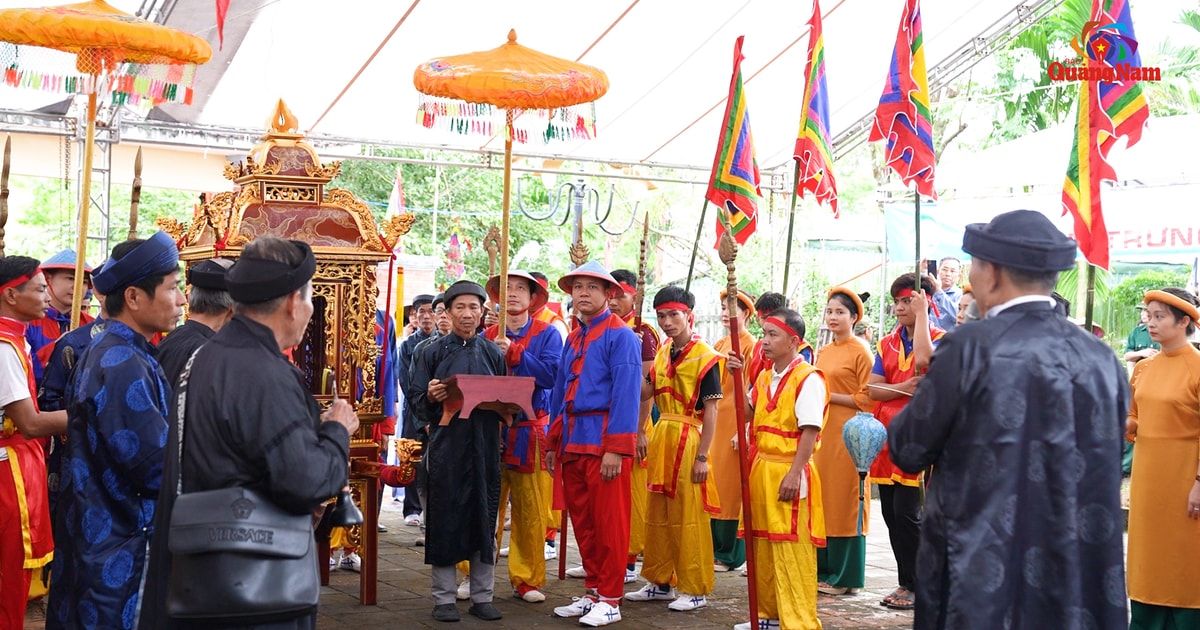
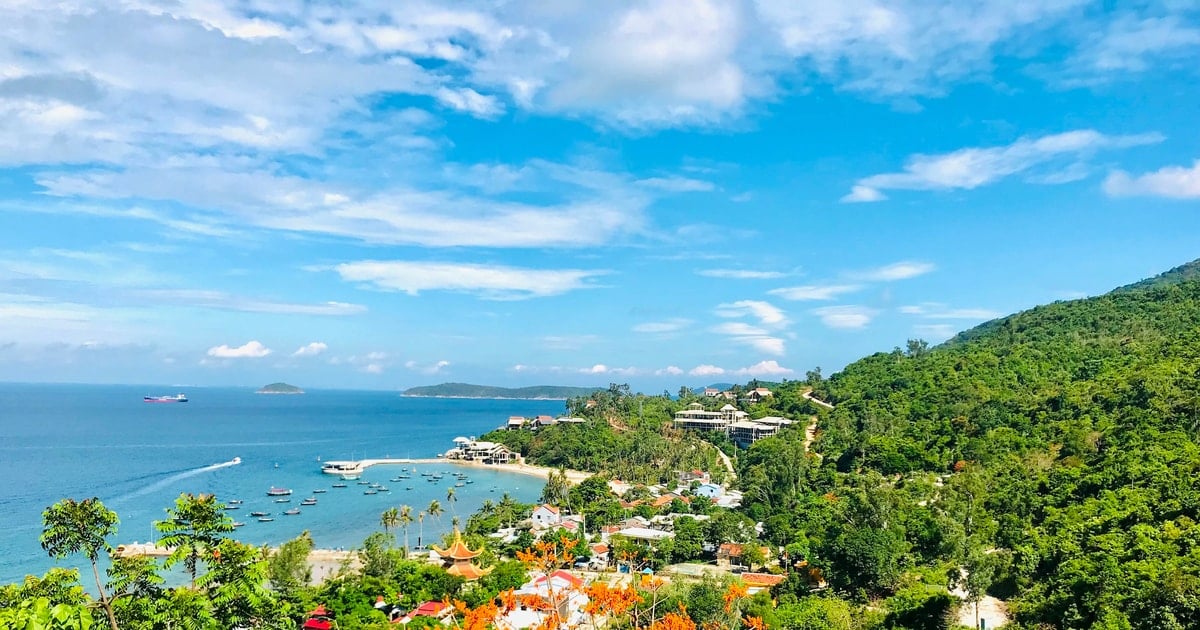





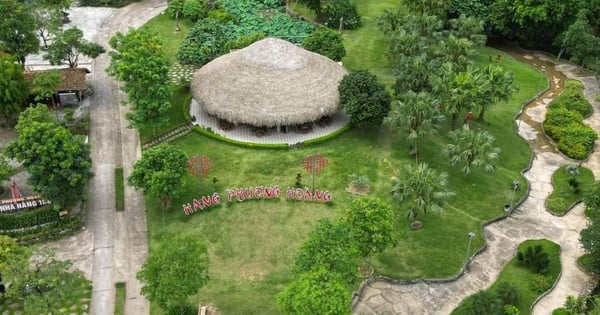


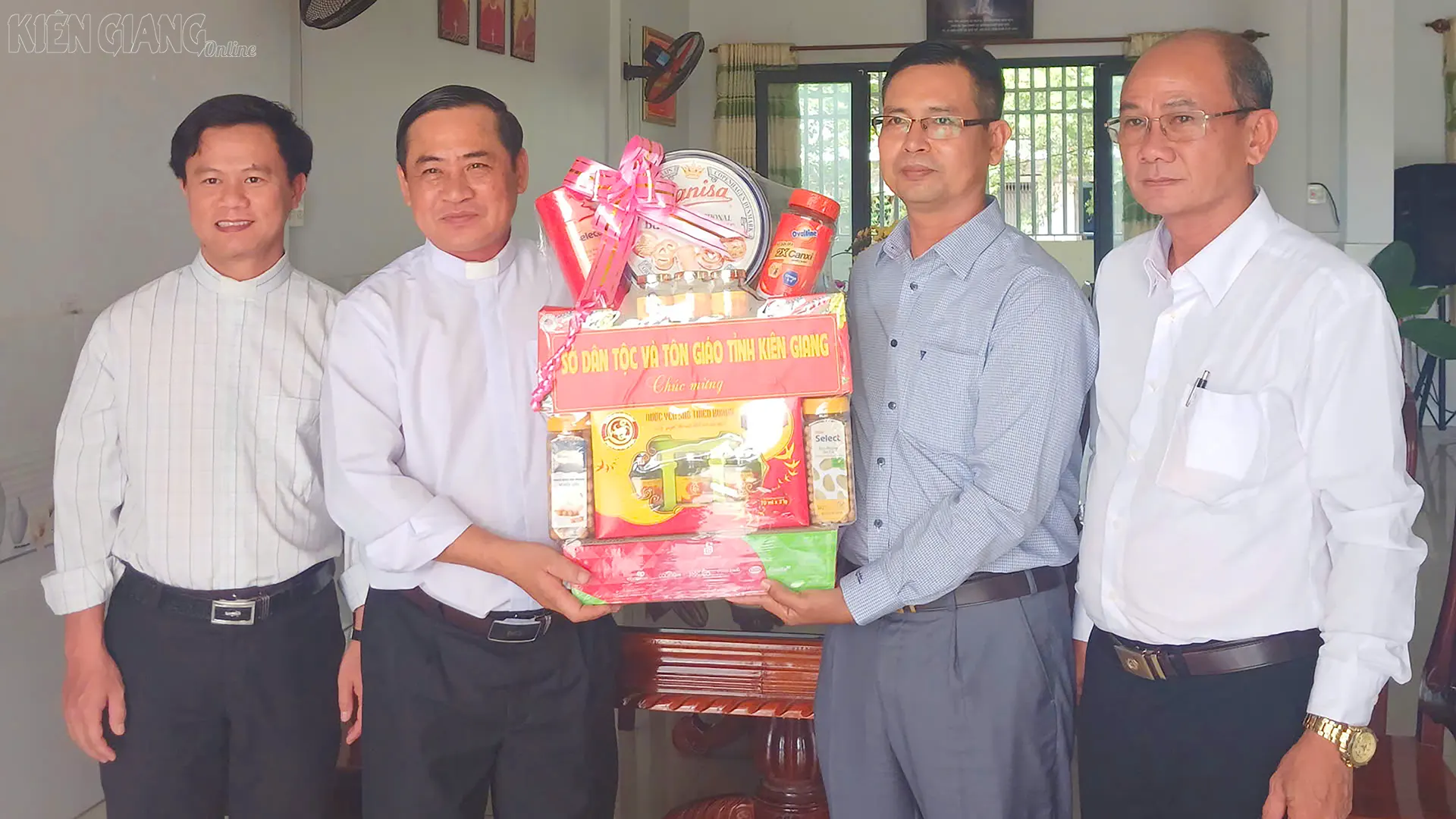
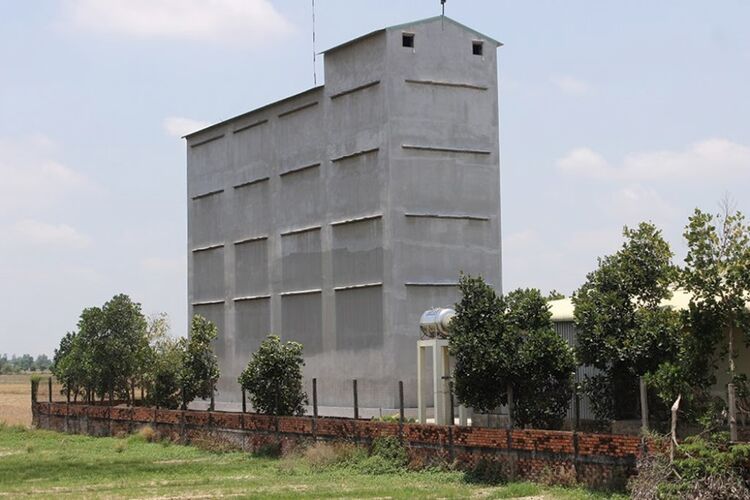
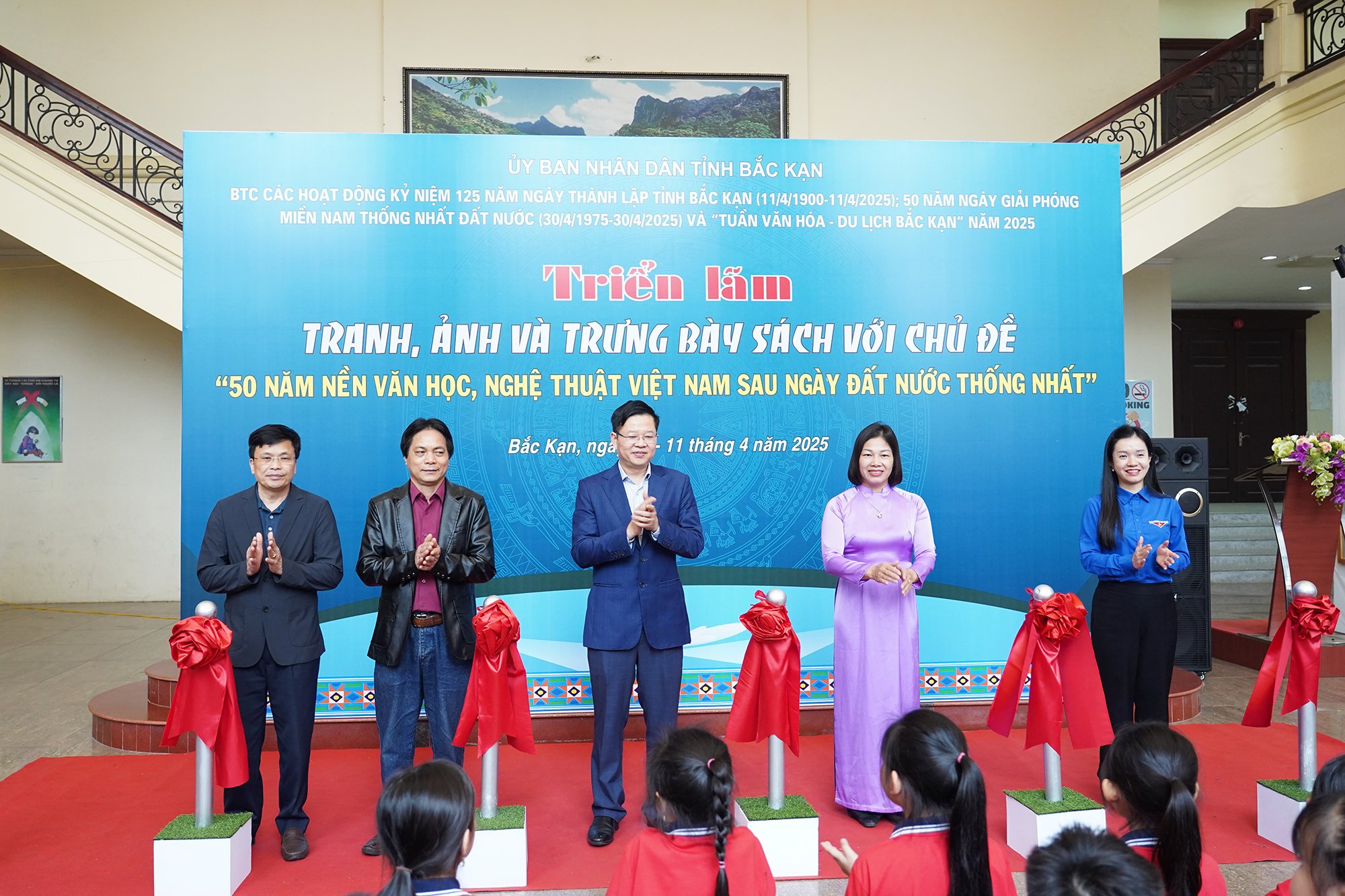
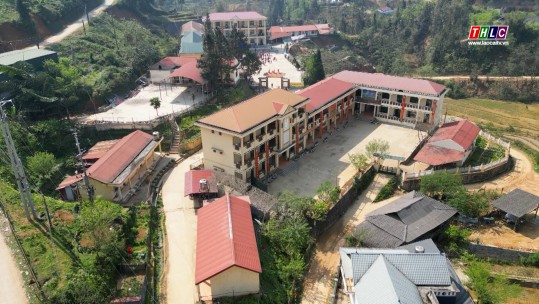


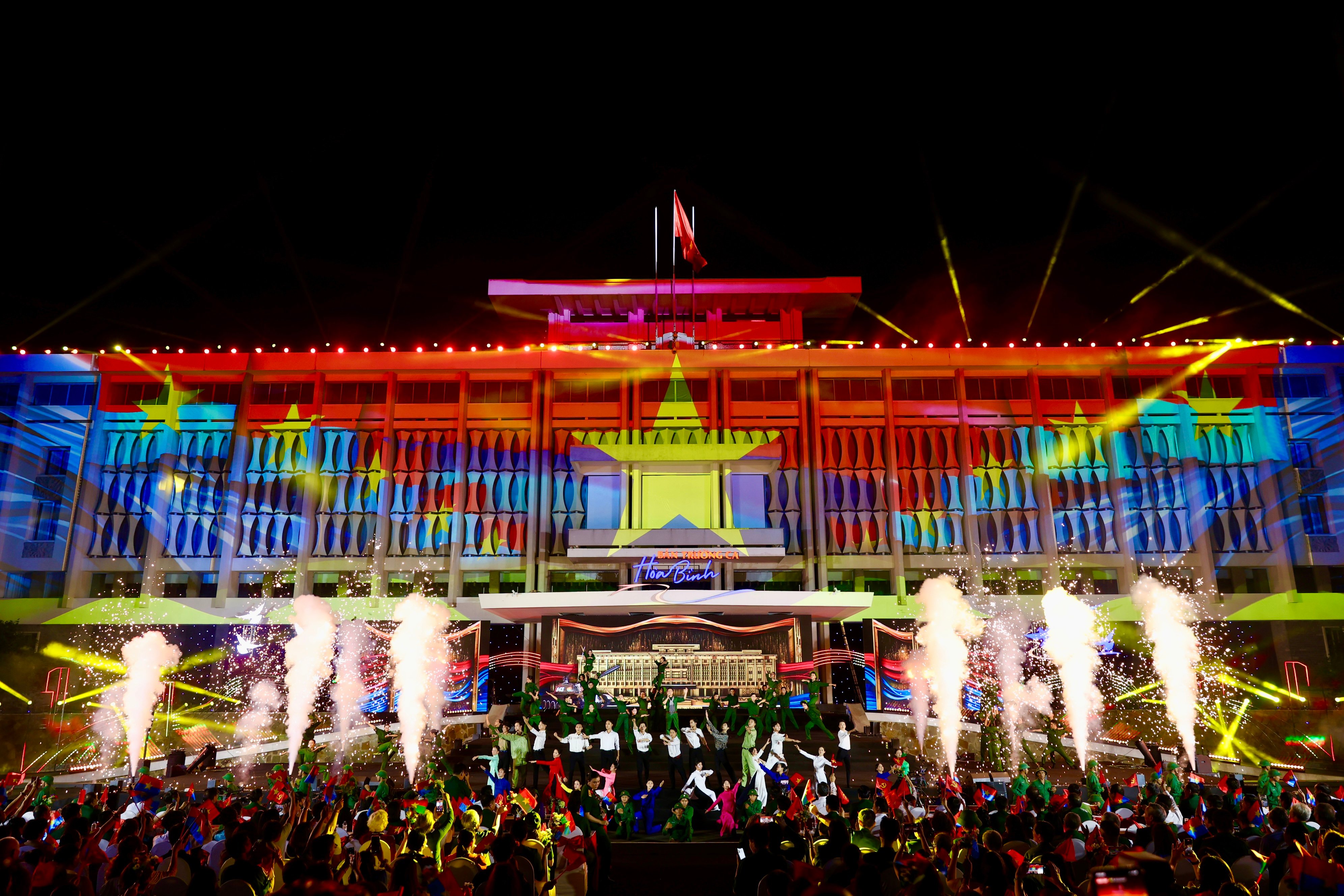
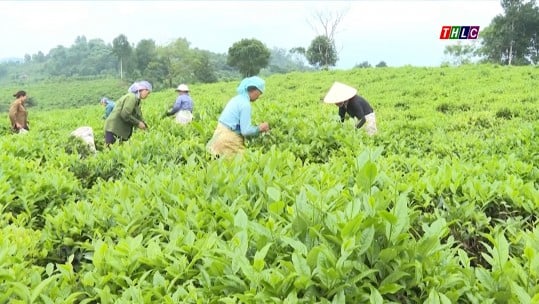

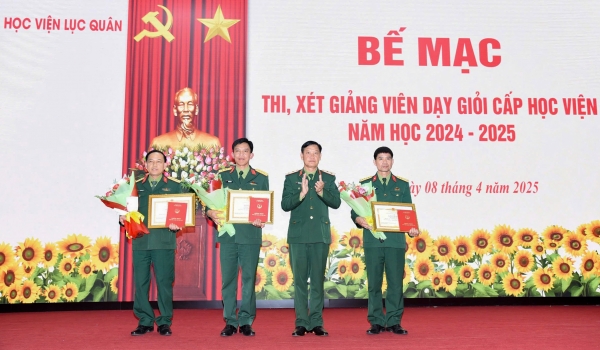
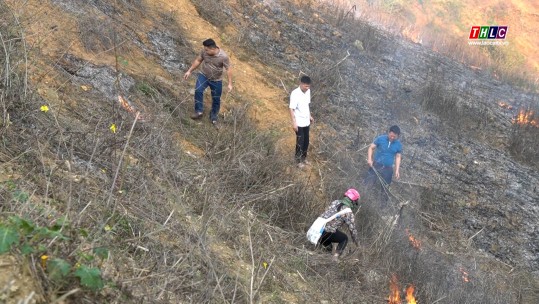
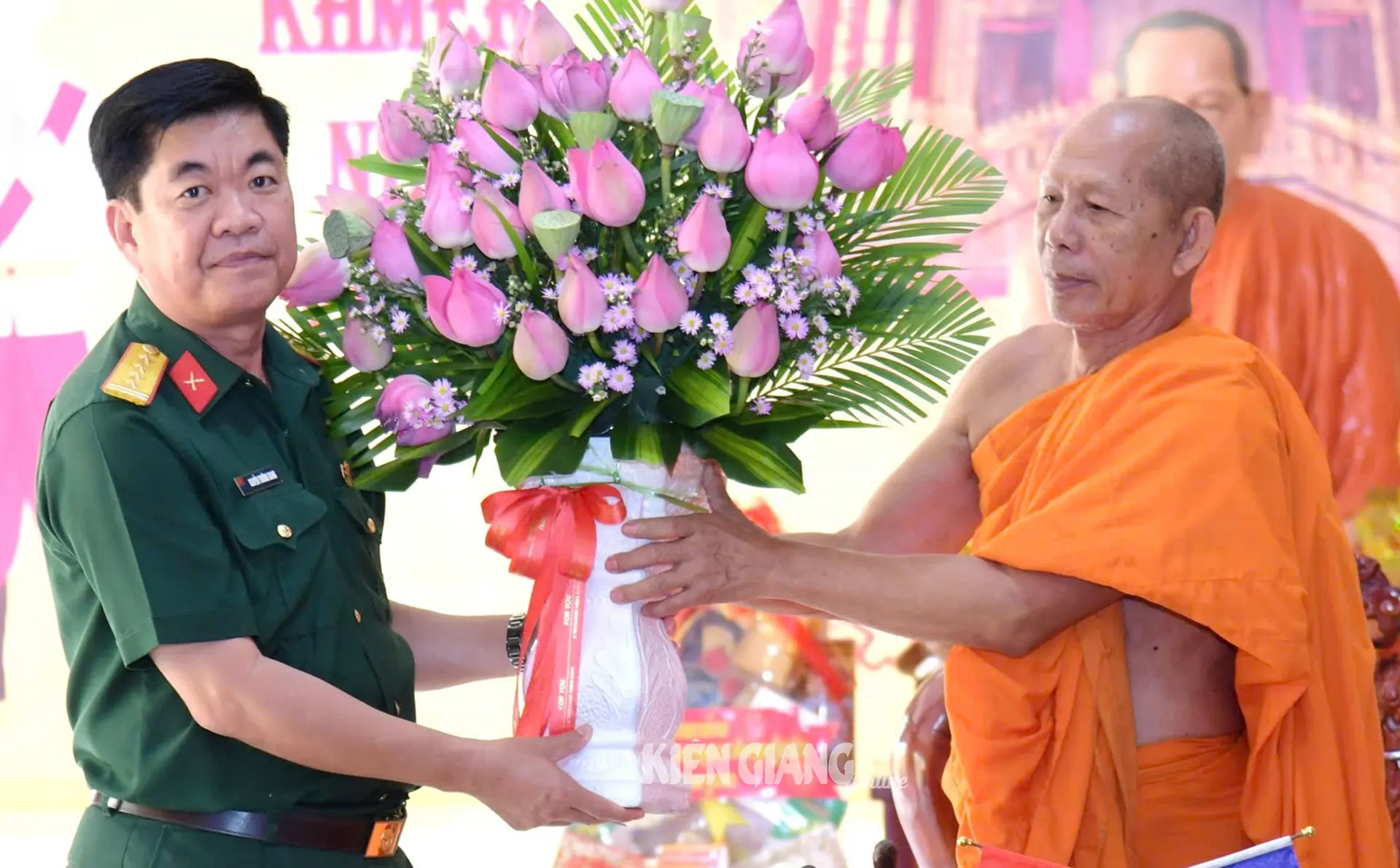
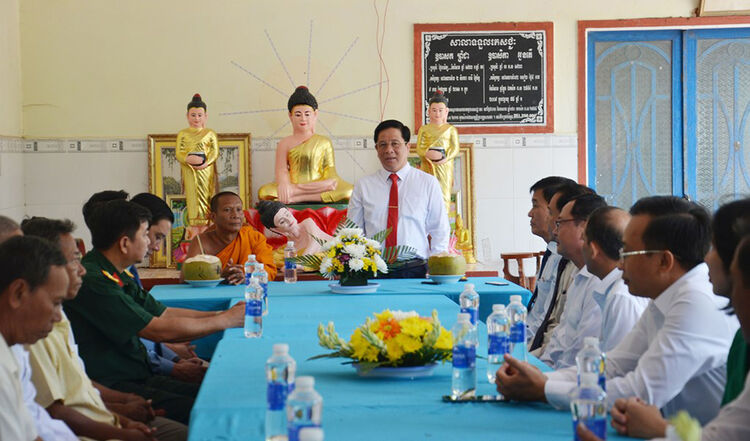

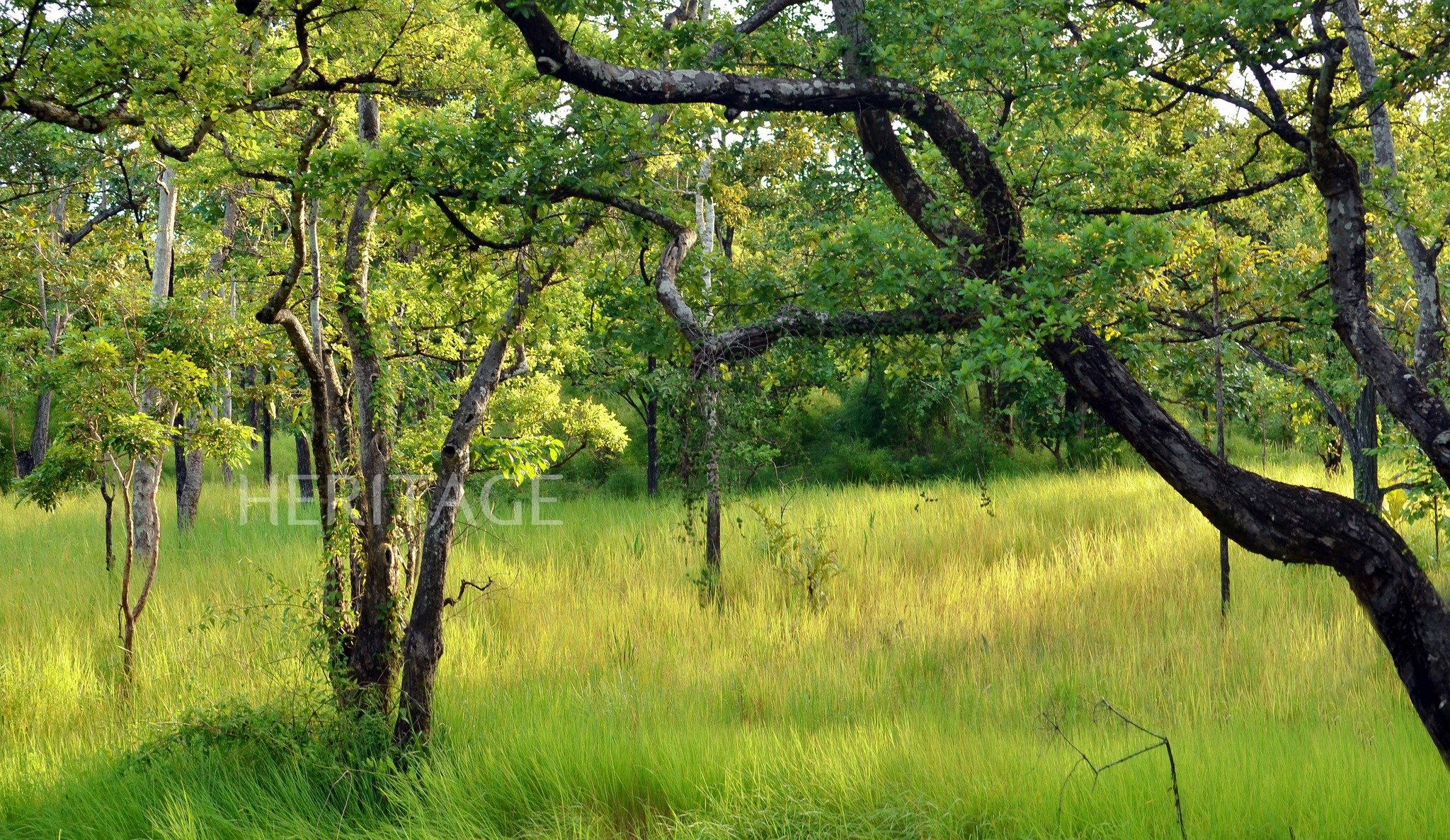
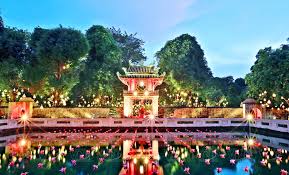

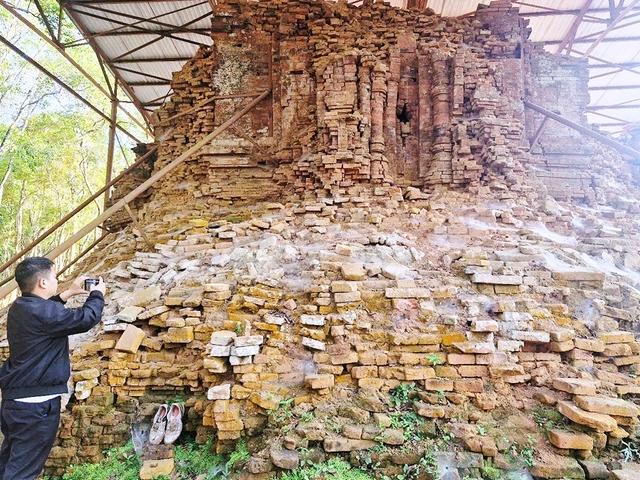



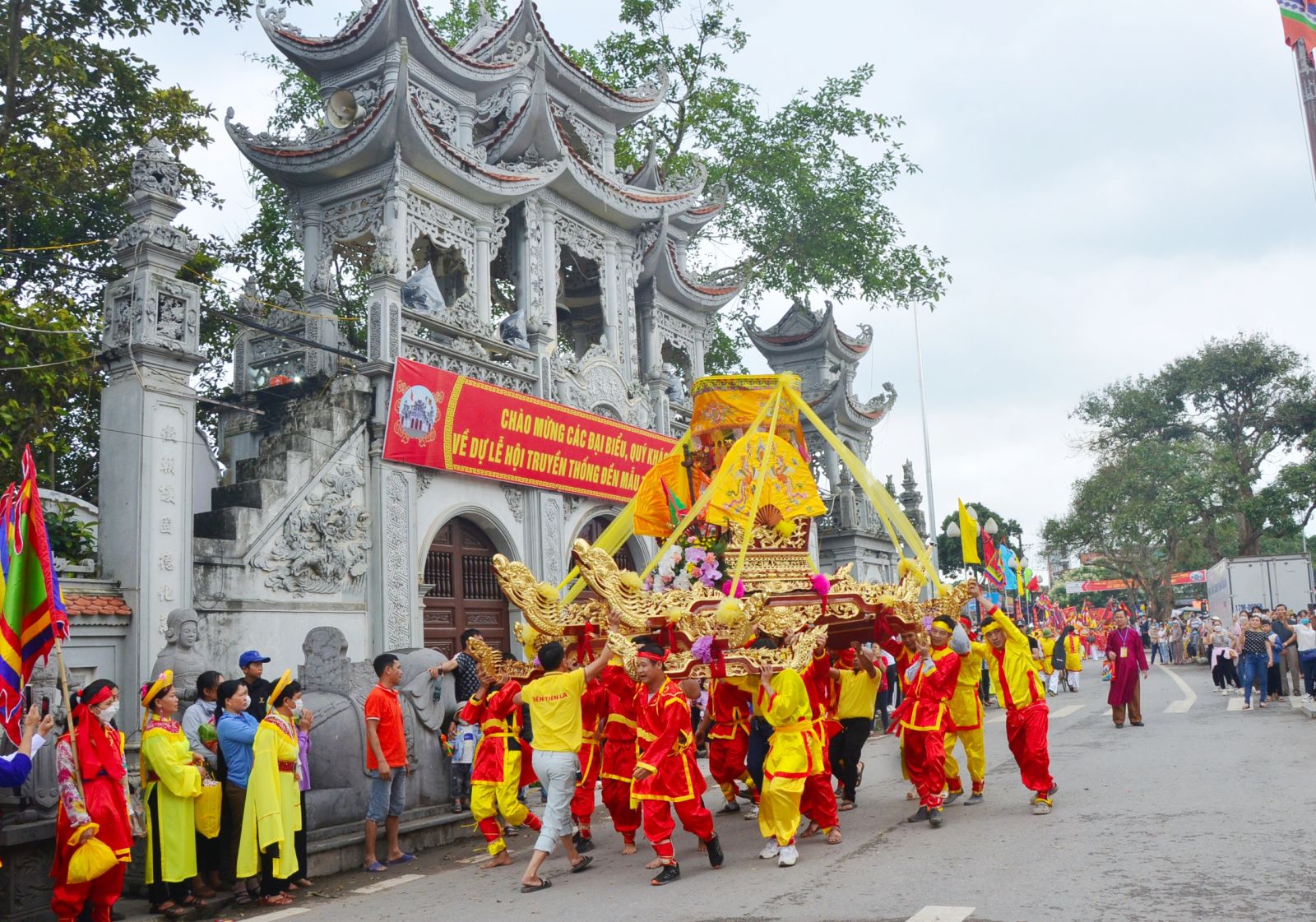

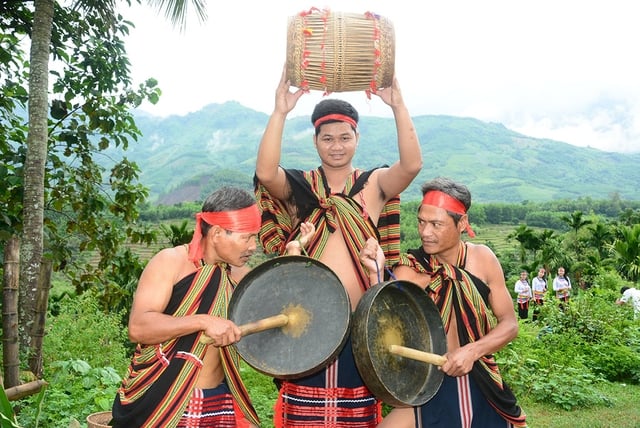








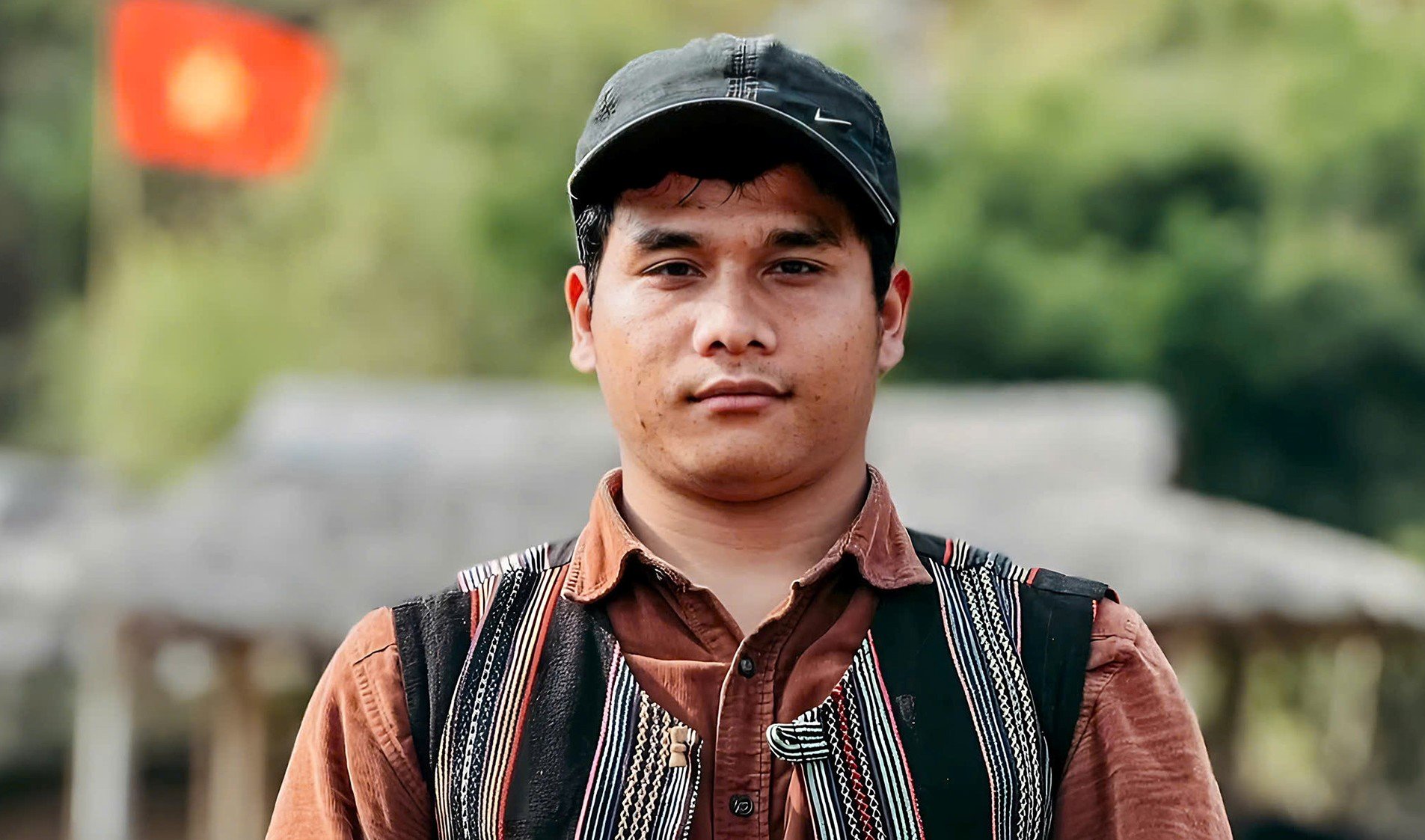


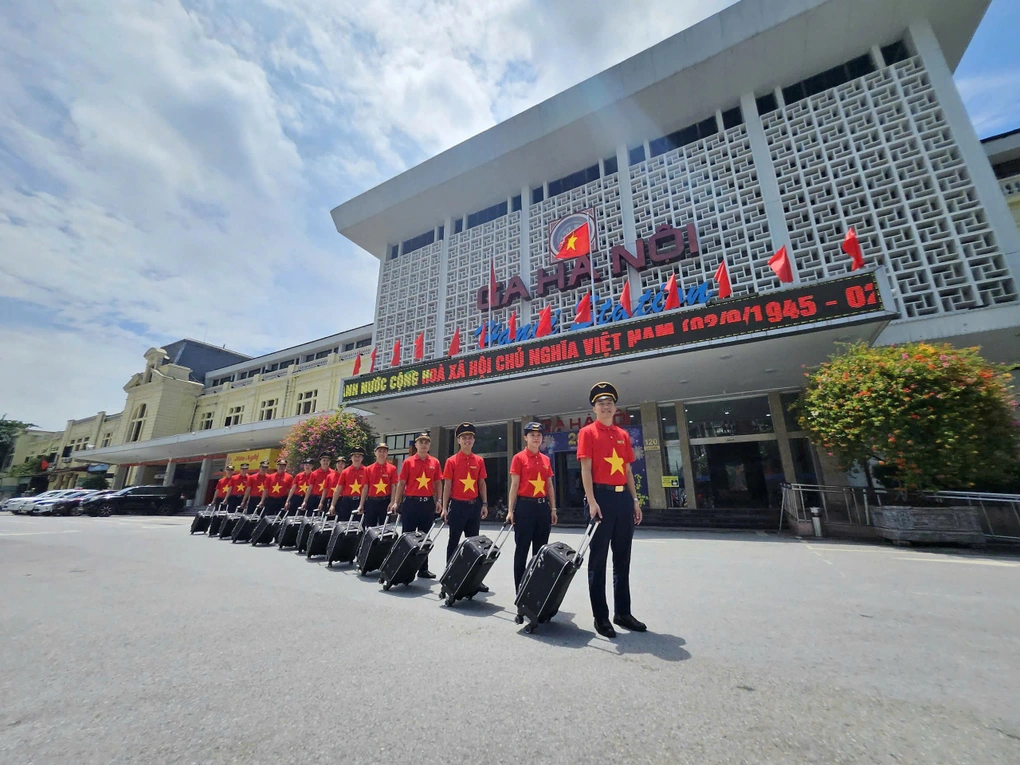



















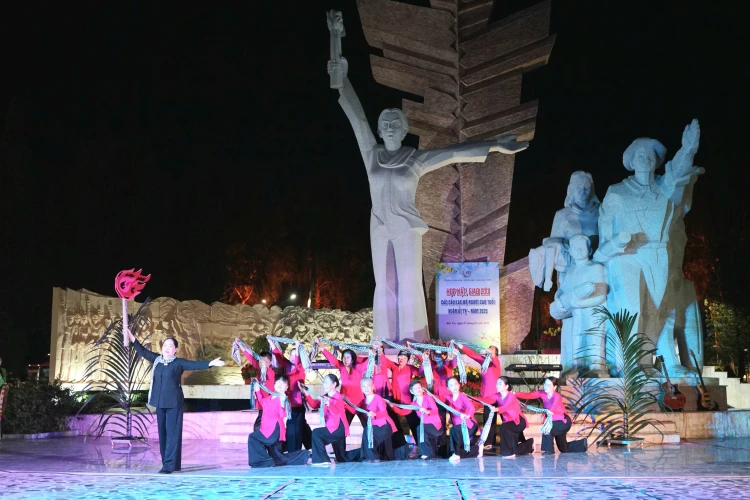




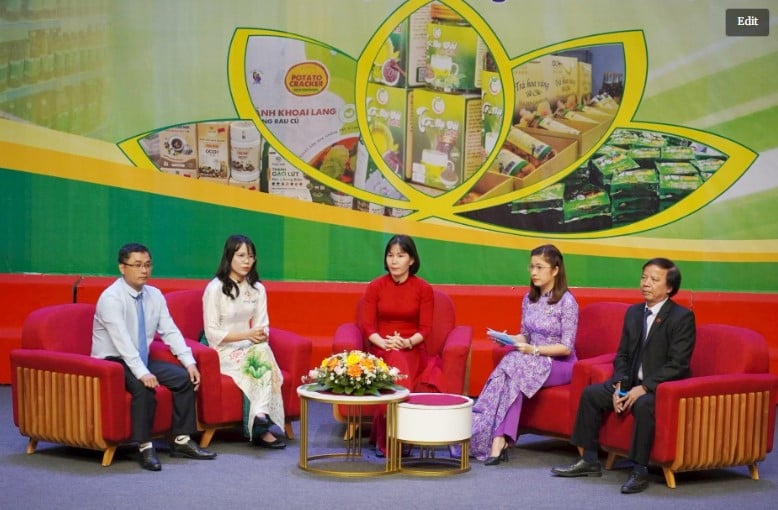
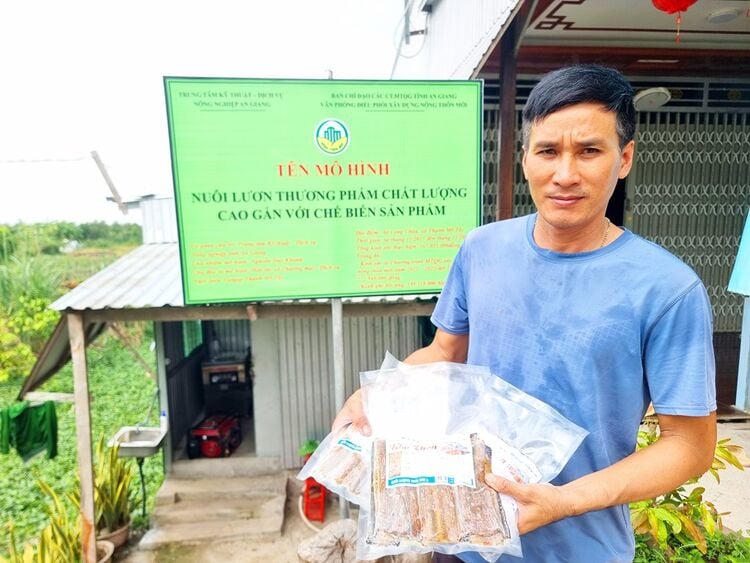
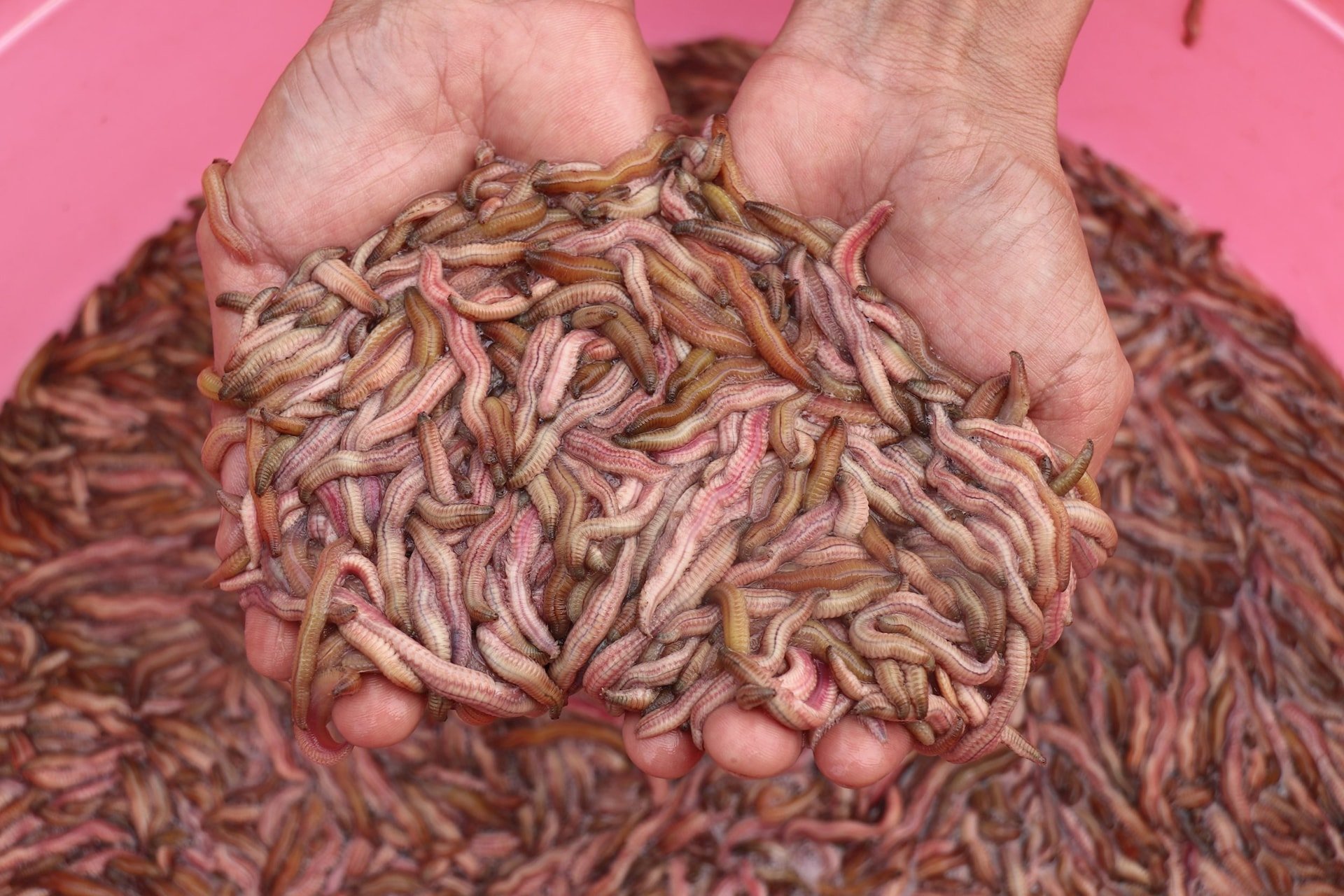
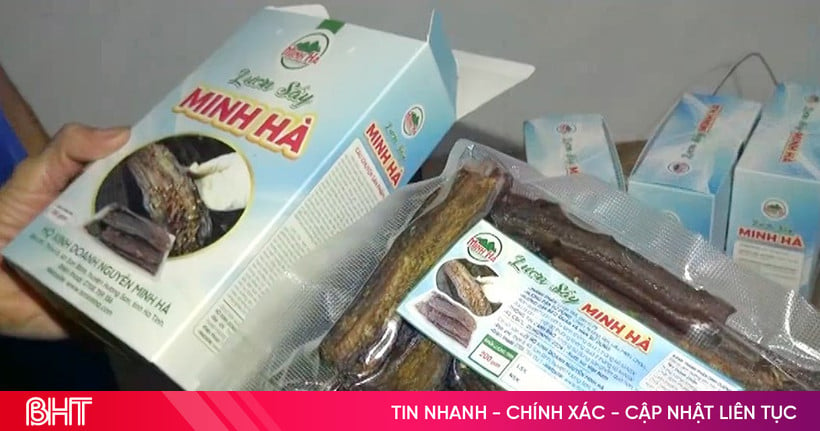

Comment (0)